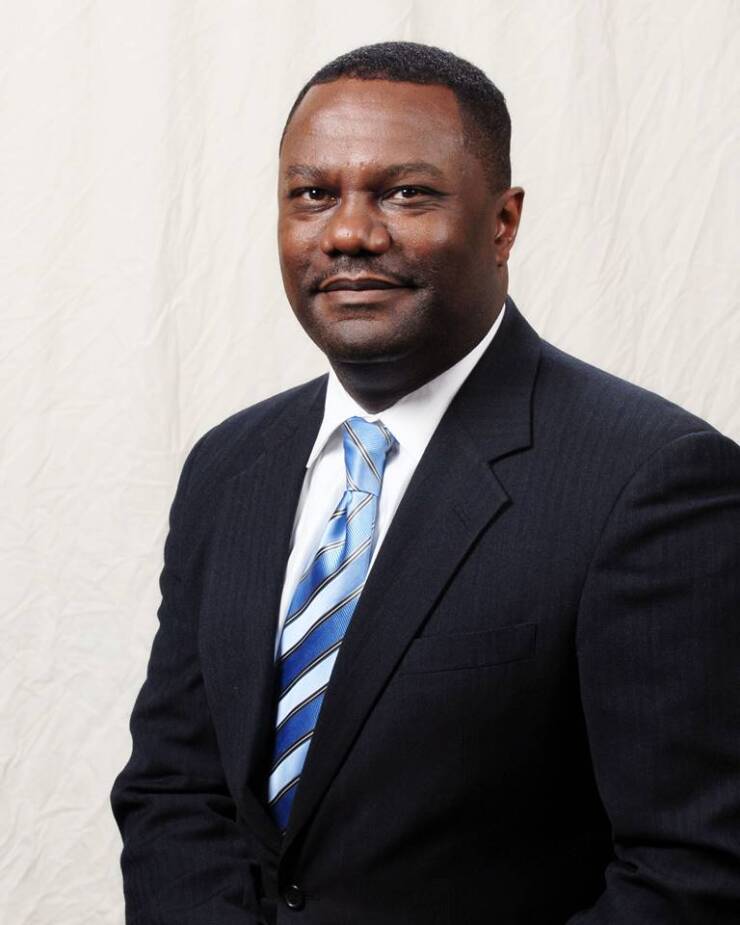When Michael Pugh took the helm of Carver Bancorp in January 2015, he
Still, that’s the situation he faces at Carver, a small bank in Harlem with a storied history in New York’s black community. Formed 70 years ago, Carver has been a model for
Carver’s net loss for the fiscal year that ended on March 31 grew 61% from a year earlier, to $2.9 million, because of lower revenue from interest and fees. The company, which disclosed material weaknesses with its accounting tied to the posting of loan payments and reconciliation of problem loans, also restated its results from the previous year.
The situation underscores the challenges facing the nation’s black-run banks, whose ranks have dwindled in recent years. Still, while forthcoming about his bank’s setbacks — what he describes as “opportunities to improve” — Pugh nonetheless says he is confident that Carver is on the right path, and that it will be profitable again soon.

“Let’s just say [profitability] is a top priority for us, and we understand that it has to happen sooner rather than later,” Pugh said in an interview.
Reflecting on his tenure as CEO, Pugh sounded upbeat. He joined Carver in 2012 from Capital One, where he was a regional executive in the mid-Atlantic. He became the bank’s CEO three years later,
“There have been many, many things that the team and I are proud of, and there’s no place I would have wanted to have been for the past five years,” Pugh said. “Certainly some things I wish would have had a different outcome, but the journey continues for us.”
Many of the top challenges facing Carver are the same ones facing other community banks, including rising compliance costs, pressure to scale back on commercial real estate and an uphill battle to keep pace with technology.
The challenges at Carver, one of the nation’s most prominent black-run banks, also highlight the recent struggles experienced by firms established to serve African-Americans with limited access to mainstream financial services.
There are 23 banks that are either a majority black-owned, or whose board membership is mostly African-American, according to the
Over the past two decades, the sector
Perhaps the biggest issue facing Carver is its concentration in commercial real estate, which was once a major contributor to growth. The company has begun the arduous process of scaling back, which was a key part of a

Commercial real estate loans accounted for 45% of Carver’s loan book at June 30, down slightly from 48% a year earlier, according to results published last week alongside the company’s annual report.
Scaling back has created an opportunity to expand into commercial-and-industrial lending, a line of business that Pugh said is “near and dear” to Carver.
Pivoting hasn’t been easy. Carver’s total loan book has shrunk by 6%, to $529 million.
As it looks to expand elsewhere, Carver has identified specialty lending as an area where it believes it has an edge, pointing to sectors such as health care, including dentists’ and doctors’ offices; light industrial manufacturing; and education.
Carver, a community development financial institution, continues to focus on its mission of providing credit to small businesses owned by women and minorities. It recently launched a
“What we’ve often found, though, is that the journey to providing access to capital to those segments … does require a bit more work and effort” to get clients’ business plans in place, Pugh said.
As it navigates its financial challenges, Carver is simply trying to stay relevant. Many of its branches are in rapidly gentrifying areas of New York, such as Harlem and Brooklyn. Case in point: Whole Foods recently opened a grocery store across the street from the bank’s headquarters.
“We’re talking about wealth building, but we’re serving a demographic that is changing around our banks,” said Takisia Whites, president of Carver’s community development unit.
Carver is up for the task, Pugh said. Since coming on board, Pugh has worked strengthen the company’s financial controls. Under its regulatory order with the OCC, Carver enacted board oversight and worked to improve its anti-money-laundering procedures.
Pugh has also formed a management team. In the past year alone, Carver has hired a new chief financial officer and chief operating officer.
“You have to be able to attract talent that is in love with the mission of the organization,” Pugh said. “That takes time to do, but we’ve been fortunate.”





